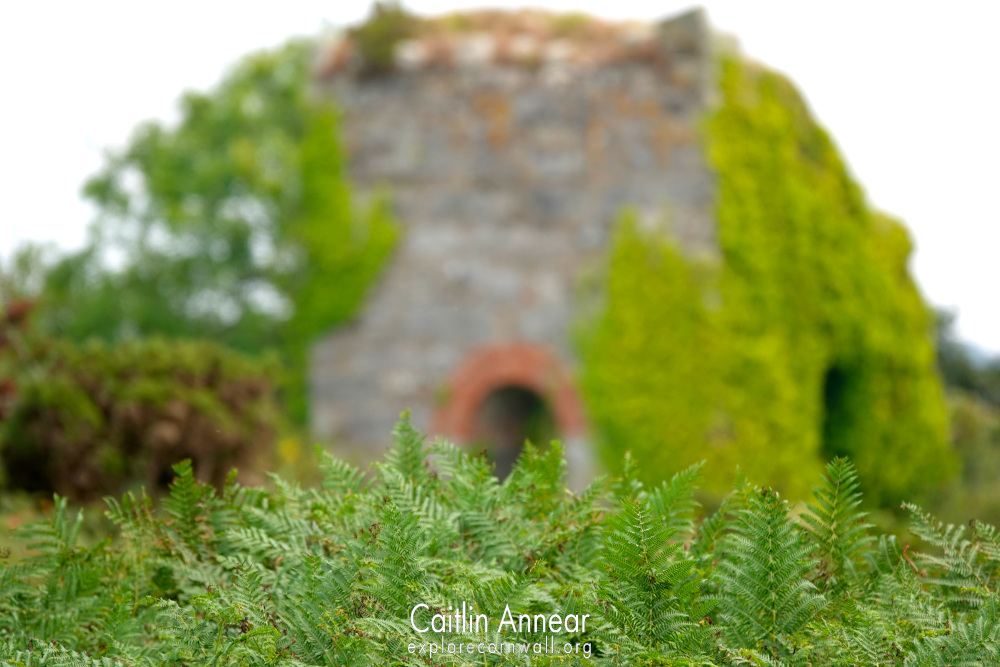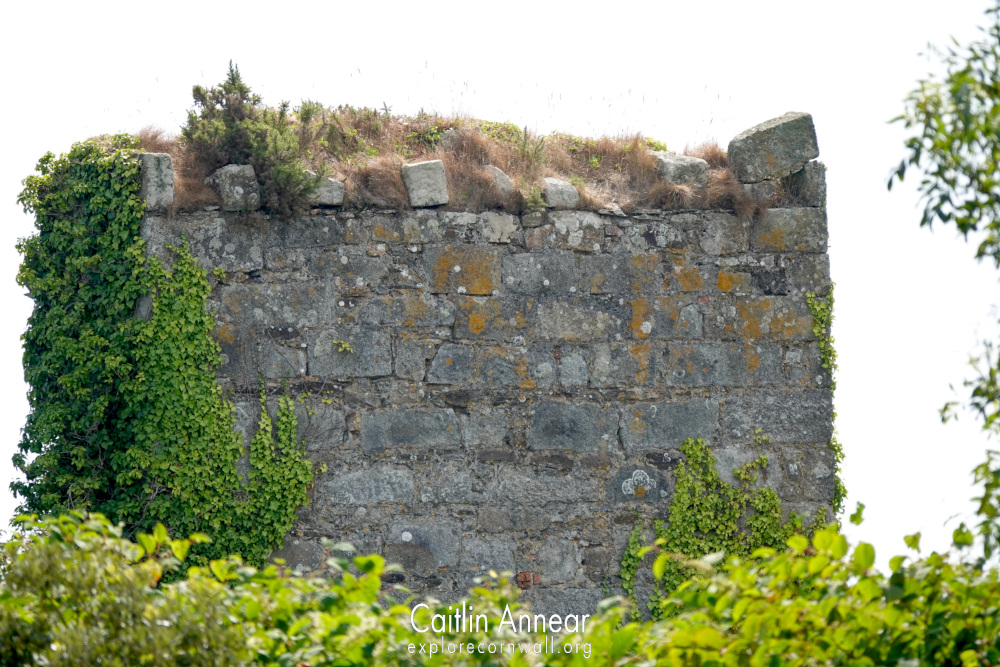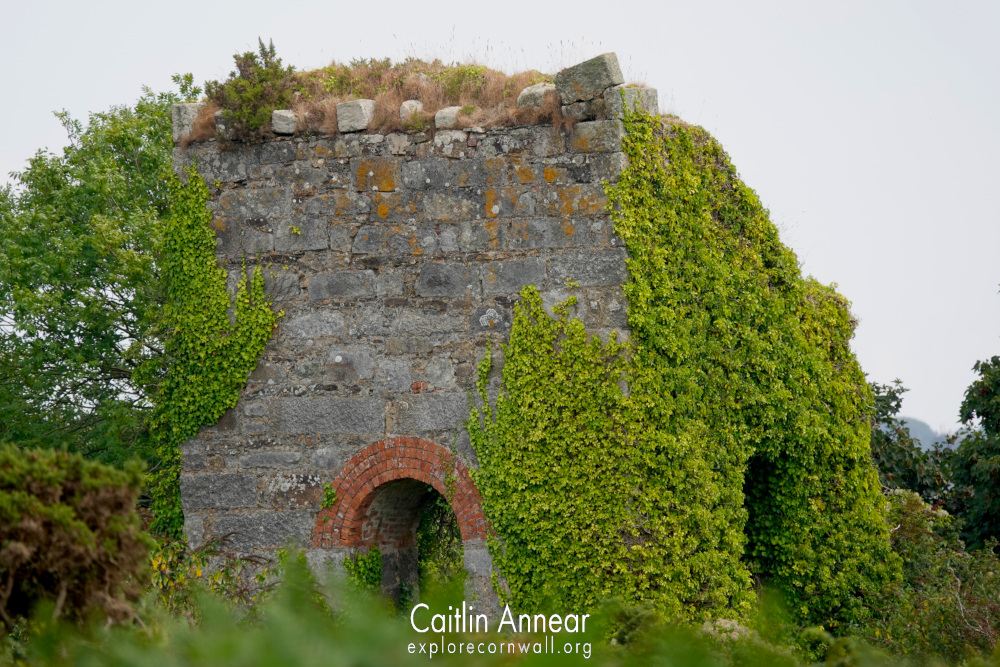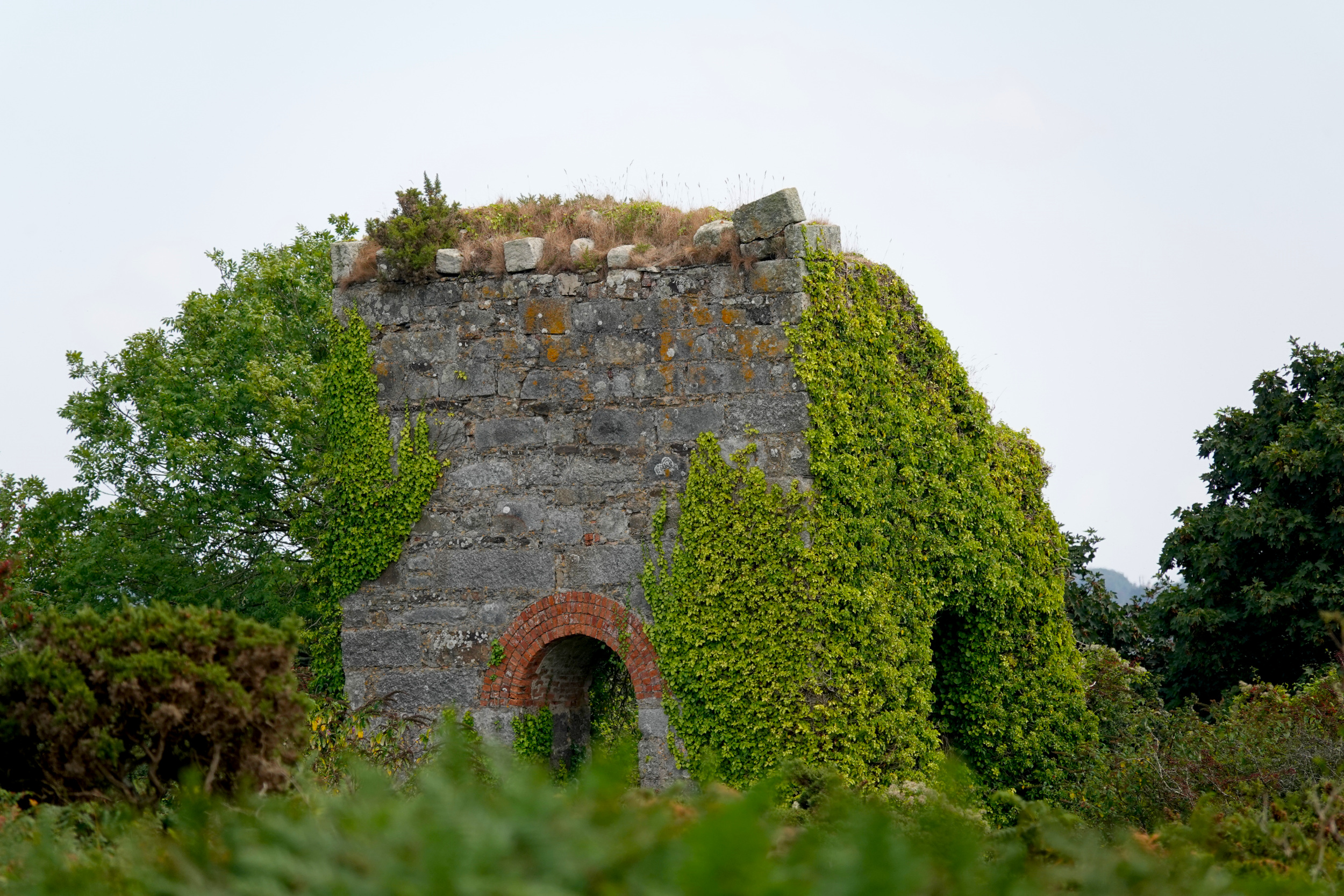Just south of the hamlet of Rosudgeon is the overgrown remains of Wheal Georgia mine. This tiny sett was working in the late 19th century, independently and as part of a larger group which included its close neighbours.

Wheal Georgia’s may have been called South Grylls at some point, and it’s plans frequently overlapped with those around it, making it difficult to discern where one ended and another began. Wheal Grylls (or Wellington), East Grylls (or Greenberry Moor), Great Grylls, West Grylls, New Grylls (Vaddon or Noble Dale) and Wheal Florence all worked together with Wheal Georgia at one point or another. Even St Aubyn and Grylls, slightly further away, is attributed to this group.
Like many of the mines in this area, Wheal Georgia was worked early on by ‘private’ miners, resulting in a lack of any records. It definitely worked between 1872-74, possibly under a Captain James Pope, and operated on Georgia Lode from Georgia (66 fathoms/121m) and Engine shafts.

The mine only had one engine house, a 45-inch pumping engine on Engine shaft. Over it’s life there are only two recorded outputs, one from 1866 as South Grylls, where 18 tons (18,289 kg) of copper was raised, and another in 1873 for just 1 ton (1,016 kg) of black tin.

The council states that Wheal Georgia sits on open access land, however on visiting it was very difficult to see what was private property, particularly given how overgrown everything is. We therefore erred on the side of caution and just looked at it from the road.
Dines, H.G. (1956) The metalliferous mining regions of south-west England. British Geological Survey.
Nance, Damian. and Brown, K. (2014) A complete guide to the engine houses of West Cornwall. Gloucestershire: Lightmoor Press.
Rolf von Arx (1993) ‘False Hopes at Wheal Speedwell (Or Mr Knight Comes to Grief)’, The Northern Mine Research Society, 48, pp. 85–89.
